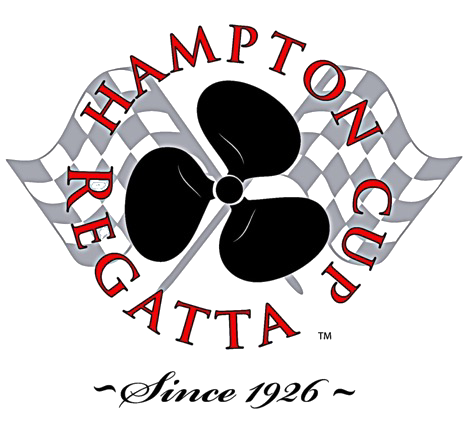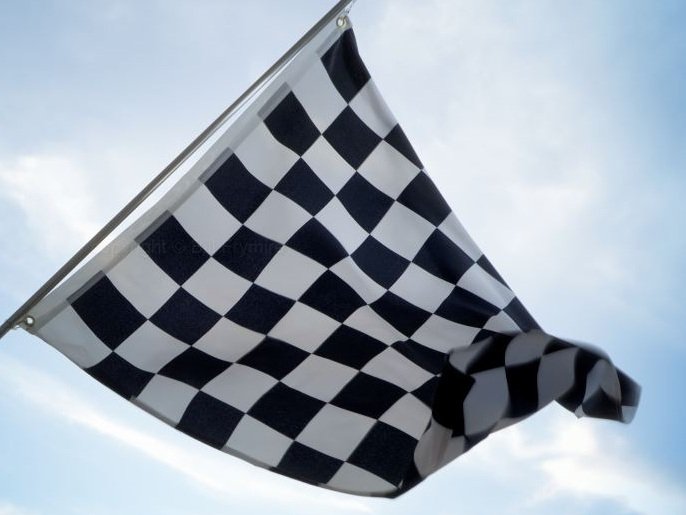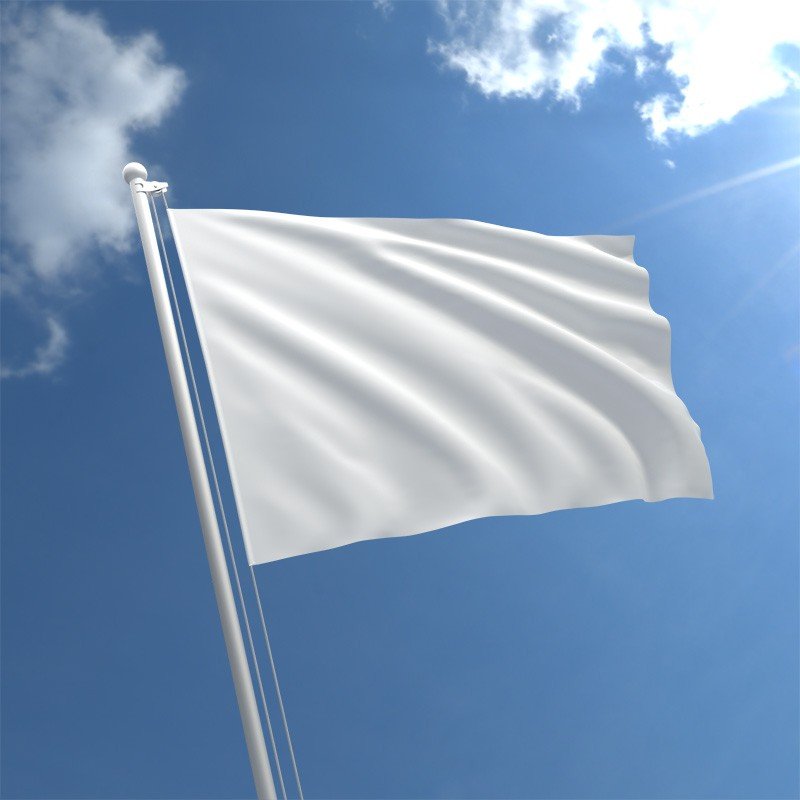Our Story
In 1926, a group of Hampton Yacht Club members decided to have a race to see who had the best navigation skills and which of their boats was the fastest. That spirit of friendly competition endured, and decades later it still serves as the catalyst for one of the most popular competitions in the speedboat racing world. The modern Hampton Cup Regatta attracts vessels and crews from all corners of the U.S. It has seen racing teams from Canada, Australia and New Zealand. It is the place where regional and world records have been set. It has truly blossomed into an international affair. The one thing that has not changed through all these years is the notion of good-spirited fun, and bragging rights of course, among an ever-growing community of boat-lovers.
The local regatta story begins on the Hampton River in the area between the downtown Crowne Plaza Hampton Marina Hotel and the inlet near the Veterans Administration Medical Center (back then, it was called the National Home for Volunteer Soldiers and Sailors). The first motorized race boats were, of course, made of wood, which was far heavier than the carbon-fiber materials used today. Their drivers didn't have proper seats but instead crouched on their knees inside the boats. The controls were primitive hand throttles instead of today's foot pedals, and drivers had to physically lean into each turn simply to steer. Seat belts, too, were many years away. The top speed of the fastest boats was around 35 mph - which was thrilling for the time. The first few years, winners collected friendly wagers and the aforementioned esteem that accompanied the knowledge of having the fastest vessel. Most competitors drove their boats to the race, competed, and headed home.
Around the 1930s, the Dodge automobile family ventured into boat building in Norfolk. They created a trophy called the Dodge Cup, which they began presenting to the winner of the Hampton Cup Regatta."It was the pride and joy of the event for decades, said John Lowe, a former race committee chairman. "I remember seeing them put the names of the winners on the cup at the event every year. "Unfortunately, nobody knows where the Dodge Cup went after the 75th race," he said. "We kept it in a bank vault in between races, but committee members come and go, so one of them may have it. We did design and make another trophy in the meantime." Lowe hopes that one day the Dodge Cup will be discovered and put on display at the Hampton History Museum.
Those early races also introduced an ever-evolving assortment of hull and engine upgrades, safer cockpits for drivers and better organized categories for competing boats. The design improvements that may have had the most impact on the sport came from Henry Lauterbach out of Norfolk. Starting in the 1940s, he constructed more than 200 hydroplanes by hand; and each one showed his meticulous attention to detail. During the 1950s, Henry was the National High Point Champion in three different APBA inboard classes and was inducted into the APBA Hall of Fame in 1956. Bill Sterett out of Owensboro, Ky., was another accomplished regatta racer. One of his racing vessels was dubbed the "Miss Chrysler Crew," and it became the only boat in the post-World War II era to win an Unlimited Race with automotive power - a pair of 426-cubic-inch supercharged Chrysler hemispherical engines. Over the next couple of decades, power and speed became the name of the game for racers. Boats with modified automobile engines became the standard and the speed of those vessels eventually became too fast for the turns in the Hampton River. "So the race was moved out to the open waters off Strawberry Banks," Lowe said. "This proved to be dangerous because of the conditions and boats traveling in and out of the race field. That's when it was moved to its current location in Mill Creek, between Fort Monroe and the East Mercury Boulevard Bridge in the mid-1960's." Lowe said it has become the best place to race and to set world records, since it is well-protected from current changes and adverse water conditions. The density of the relatively shallow water also contributes to the speed of the racing boats.
Today, the Hampton Cup Regatta is sanctioned by the APBA - the American Power Boat Association (APBA). and the regatta falls within Region 4 of the APBA, and its home host club is the Hampton Cup Racing Club. Race committees from the various divisions must put in a bid two years prior to see which event they will receive for the upcoming season. In some years, the World Inboard Hydroplane Championship has been awarded to the Hampton Cup Regatta, and in others, the Regatta has been the host to the North American Championships, Summer Nationals or Eastern Divisions (Regardless of which race is awarded, it is always scheduled on the first or second weekend of August. The date of the race depends on the expected tides.) While regatta courses are fairly standard in layout, the length can vary depending on the available space and the type of race that is being run. (The Hampton course this year is 1.25 miles in total length and it just passed its required certification conducted every 10 years). An event of this magnitude would not be possible without the all-volunteer organization. There are about 25 dedicated volunteers who meet year round to put on the event, as well as a huge number of race weekend volunteers, security personnel and other supporters.
"We receive a tremendous amount of support from Fort Monroe, the City of Hampton, the Hampton Department of Fire and Rescue, the Hampton Police and the Nightingale Helicopter. Without these people, there would be no racing, You would not believe the hours put in to make this event run smoothly and the cooperation between the committee members, boat racing club, all of the volunteers, the City of Hampton and Fort Monroe, which is the key to success."
The final, and most important, element of the regatta is its racing families .
"That's what keeps us going ... that spirit of family and tradition, as well as the need to keep this thing alive for future generations," Lowe said.
"Throughout race weekend, you're going to hear a lot about boats, drivers and who won what, where. But the personal story also will be there; who's deployed and serving their country, who the third and fourth generation racers are, who couldn't be here this year because they're having trouble. That's the heart of the regatta story."
Article courtesy of Rebecca Perron & The Casemate
Fort Monroe
Every year the Hampton Cup Regatta is held at Fort Monroe. The bridge from Mercury Boulevard to the Fort is closed down for spectators and vendors. Visitors attending can roam the bridge or pick a spot on the Fort under some shade for great views of the races.
Fort Monroe has many historic houses and buildings on the premises as well as the Casemate Museum that is open to visitors. The fort also offers great vantage points for the race. You can also view and enter the pit area (cold pits) with an arm band purchased at our booth near the main entrance.
Rules & Regulations
Any violation of the rules are grounds for dismissal from the event
The following are rules apply to the East Mercury Blvd. Bridge to Fort Monroe
Shirts & Shoes are required
While the summer may have been good for you physically. However, this is a public event, please respect others and wear proper attire.
Modes of Transportation
Skate boards, wheelies, bicycles, hover boards, scooters, etc. are not permitted to be ridden on the bridge. You may walk your bike or carry your board. This is due to the staff use of Golf Cars to move quickly and for insurance purpose.
Coolers
Coolers are not permitted as no outside food or beverages are either. However, if the cooler is intended for baby formula, insulin, or other medical purpose it will be allowed, but is subject to search at the bridge entrances.
Outside Food or Beverages
One sealed bottle of water person is permitted. All other outside food or beverages are not permitted on the bridge (ABC line). The regatta staff control the selling and consumption of alcoholic beverages. The HCR has two ABC lines. One is the bridge from the East Mercury Blvd. bridge to Fort Monroe. The other is the Sponsors tent located on the bridge. These areas are not interchangeable and beverages must stay in the area purchased.
Toys
Toys such as drones, frisbees, basket balls, soccer balls, etc. are not permitted for use on the bridge, as they are disruptive to event proceedings.
No Pets Allowed
Pets are not allowed, this includes emotional support animals. Service animals are the only exception for this rule.
Pop-up Tents
Pop-up tents are allowed on the bridge. However spots are first come, first serve. The only color tent not allowed in the front viewing area is Red, this is because it can be easily mistaken for flags and confuses the racers.
Guard Rails
While it is super easy to swing a leg over and plop down on a guard rail, this action is strictly prohibited. This includes any area that has rocks as well. These areas are dangerous and people fall every year! If you are caught doing this you may be warned. However, eviction form the event is possible too. Please respect staff direction when given.
Racing by the Flag
Indicates the winner and end of the current race
Indicates the start or restart of a race
Alerts all drivers to stop where they are at on the course
Indicates the final lap of a race or driver
Indicates a problem on the course, all racers to return to the pits
Region 4 Rescue
In the beginning, boat racing events were conducted with very little staff in place to assist injured drivers. When an accident occurred, most often the racers themselves would hurry to the accident scene and assist the injured driver to shore as quickly as possible.
As speeds increased and the sport continued to grow, the need to have trained rescue and medical care became apparent to the racers and their families. Led by Lou Jordan, he traveled to various races with just a couple of medics and a couple of people towing boats. During one event, Lou worked with Ken Smith and his team from Rescue Fire Company in Cambridge, Maryland. It was obvious that an experienced team of volunteers who worked together regularly was necessary. The sole purpose of this team was to provide medical and rescue services to the racers. When fully staffed each boat has a driver, 2 swimmer medics, and 2 divers. This is complemented by two personal watercraft staffed by divers. All members are medically trained as First Responders, EMTs or Paramedics with many also being firefighters.
As racing has progressed with increased speeds and the safety systems have become more technical it has placed additional demands on the rescue team to keep pace. Members train for many hours throughout the year to perfect their rescue techniques. Region 4 Rescue and many racers train in a controlled environment, whether it is utilizing a mock-up capsule that represents as if a boat had capsized or the dive team releasing racers in an event that a driver is knocked unconscious.
Members of APBA Region 4 Rescue have provided rescue services for races from Louisiana, San Diego and up to Valleyfield Canada. The APBA Region 4 team has saved many drivers and has a reputation as one of the top APBA rescue teams in the country.
The Hampton Cup Regatta expresses its sincere gratitude towards Region 4 Rescue. We are honored to have such a dedicated group of men and women who spend countless hours training and are on standby to ensure the safety of our race teams. Their diligence has paid off for many.
Building Our Legacy
The Hampton Cup Regatta staff, volunteers, and community know that our past is important. Who, what, and where we come from is a critical part of what our event is today. However, we also embrace change and understand that even though our past is important, it’s also important to shape our future. Since 2017 the committee has decided to expand on these values and invest in a display that will stay a part of the Hampton Cup and Community from now on. As a result the Hampton Cup is proud to present you with The Miss Peaches Legacy. A show boat that is continually being built and improved upon with each passing year and generation.
THE EXECUTIVE BOARD
-

Lisa Hearn Adkins
Race Director & Committee Chairman
-

Jimmie Sheppard
Vice Chairman & Primary Pit Manager
-

Becky Skaar
Vice Chairman & Primary Hospitality Manager
-

Rebecca Schaefer
Secretary & Treasurer
-

Josh Divine
Web Administrator & Digital Transformations
THE HAMPTON CUP REGATTA
COMMITTEE
-
Sponsor Development
Rebecca Schaefer
Chris Bauman
Chuck Hall
-
Program Design / Sales
Rebecca Schaefer
Jay Richardson
Taffi Simone
-
Vendor Coordinator
Sarah Williams
-
Volunteer Coordinator
Taffi Simone
Tina Howell
-
Logistics
Boyd Easter
Tim Burton
-
Sound Systems
Ralph Stevens
-
Risk Management
Randy Gnatowsky
-
Fire & Rescue
BTN Chief Jeff Bartgis
-
Veterans Affairs
Bill Tennis
-
Pit Management
Jimmie Sheppard
Tammie Sheppard
Jim Hiltabidle
-
ABC Licensing
Connie Murray
-
Trophies
Scott Liddycoat
Lisa Adkins
-
Childen's Activities
Lori Stirr
Hannah Stirr
-
Website, Social Media, & Digital Transformations
Josh Divine
Sarah Williams
-
Hospitality
Becky Skaar
Tim Burton
Tina Howell
-
Car Show Management
Jeff Bateman
-
Committee Members Page











